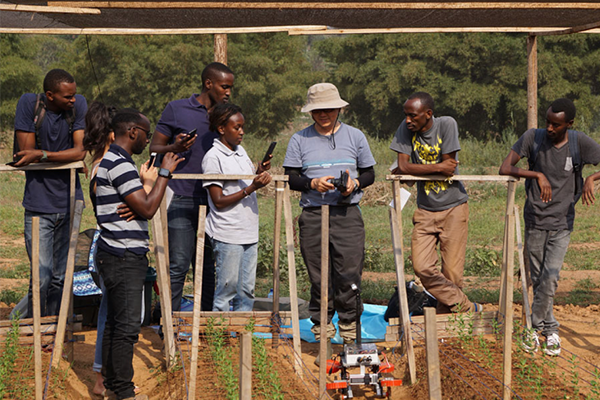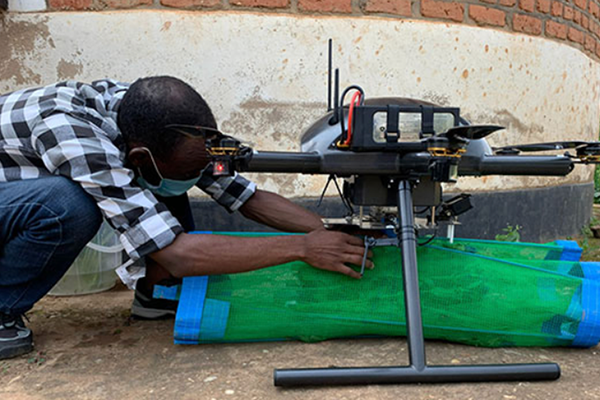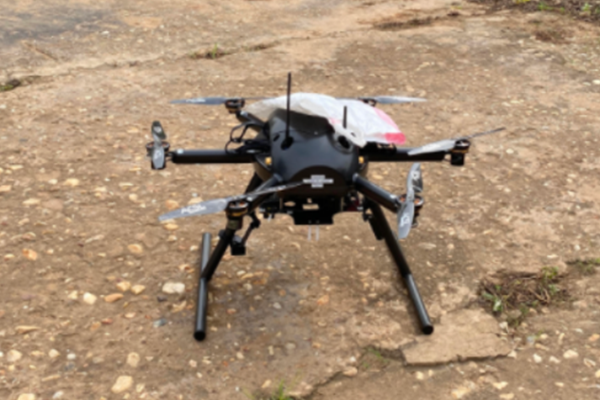Do drones have a future in African agriculture?
Hope Reveche
Apr 19, 2023
CMU-Africa’s Tim Brown, professor of electrical and computer engineering and engineering and public policy, is exploring how drones can be applied to agriculture—an industry that plays an important role in the economies of African nations. With funding from Toyota and the Japanese International Cooperation Agency (JICA), he began three case study projects that aimed to understand the role of drones in Rwandan agriculture and the principles behind using these unmanned autonomous vehicles (UAVs). The initial study focused on the process of exporting flowers from the northern part of Rwanda during Europe’s winter, when the demand is high. Currently, after harvesting the flowers, they are transported via truck to a cold processing station, trimmed down to uniform lengths, and put into transport boxes to be taken to the airport. Altogether, from farm to Europe, the operation takes about three days with no guarantee the product will be fresh and undamaged by the time it arrives at its destination. If this time could be condensed by the use of drones, farms that specialize in this kind of export could ensure the quality of their products and subsequently, increase their profit.
Brown found that using drones to deliver products to the cold processing station could turn a single end-of-day delivery by truck into a continuous process with drones ferrying flowers over hills and rough roads every five to ten minutes. This shift in the supply chain model enables small farmers within 20 km of the cold-processing station from any direction to access international markets regardless of terrain and roads.
In the next study, Brown spoke both with farm workers, agriculturalists who managed the farms, and people in the community about how they felt about the drones. By working directly with the different groups of people affected, Brown could better understand how these innovations could be best adopted to have a positive impact on the community. He found that "the agriculturalists thought that it was great that the drones could be used as a tool to provide feedback to the farm workers and give them new skills." However, there were some concerns about the new technology. It was found that letting the workers interact closely with a drone and explaining what to expect from the drones eliminated their worries.
Brown now had an idea for the third project for addressing the concerns surrounding UAVs. He says that "This third project was based on a concept in computer science called explainable AI which we then extended to explainable AV (XAVs) in the case of drones. The idea is that there is a set of principles explaining how the drone will operate so that people can generally anticipate what it is going to do and why in different situations." Using methods already put in place by established companies like Zipline, Brown analyzed these and sought to use them to support XAVs. He credits effective communication with community leaders as the reason for the company's success. Explaining procedures for working with drones helps alleviate worries among the public since they know what to expect.
Moving forward, Brown plans to continue with this research and hopes to explore how to use drones to deliver food to refugee camps.


